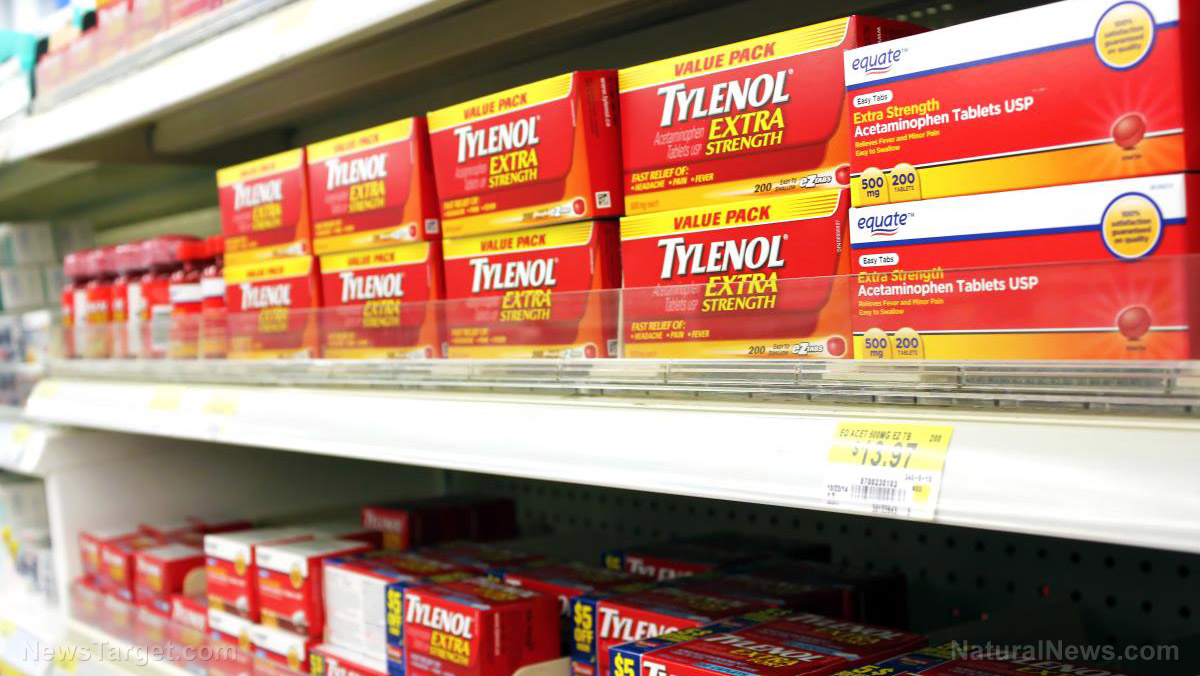Here’s the lowdown on swordfish and its health benefits
05/01/2019 / By Michelle Simmons

Swordfish, which has a long, flat bill, is a type of oily fish. Swordfish provides many nutrients and health benefits. Eating swordfish can:
- Help improve your sleep quality – Swordfish contains high amounts of magnesium, which is a mineral that helps reduce sleep problems. This mineral has a soothing effect on the muscles and thus helps people get a good night’s sleep. It also improves both the duration and quality of sleep.
- Lower the risk of cardiovascular diseases – Swordfish is rich in B vitamins, such as B3, B6, B9, and B12. Vitamin B12, also referred to as cobalamin, aids in blood formation and DNA synthesis. In addition, it helps in the production of energy and the formation of myelin, a fatty substance that forms a coating around the brain cells. The vitamin B3 or niacin in swordfish also helps increase the levels of good cholesterol and lowers the risk of cardiovascular diseases.
- Help regulate blood pressure – As mentioned earlier, swordfish is a type of oily fish. It contains high levels of omega-3 fatty acids, such as eicosapentaenoic acid (EPA) and docosahexaenoic acid (DHA), and omega-6, which helps fight inflammation and lowers high blood pressure. Reducing high blood pressure can reduce the strain on the cardiovascular system and lowers the risk of atherosclerosis, heart attack, and stroke. Omega-3 fatty acids also help prevent arthritis, diabetes, osteoporosis, certain types of cancer, and some mental health problems. In addition, these healthy fats help in memory retention and improve the cognitive performance of old people. Because the body does not produce omega-3 fatty acids, they must be obtained from foods.
- Provide good amounts of protein – You can get good amounts of protein and all the essential amino acids that help maintain an active metabolism from eating swordfish. In fact, a three-ounce serving of swordfish provides 20 grams (g) of protein. Protein is needed by the body for the maintenance of healthy tissues, such as skin, hair, and muscles. Protein is also needed to produce enzymes and transport oxygen.
- Provide potassium and selenium – Potassium and selenium are essential minerals found in swordfish. One serving of swordfish provides 711 milligrams (mg) of potassium and 98 micrograms of selenium. The former acts as an electrolyte and helps conduct electricity, which is important for the proper functioning of the nerves and muscles. The latter, on the other hand, protects against cancer-causing free radicals and aids in the proper functioning of the thyroid gland.
- Strengthen the bones – Swordfish is also a good source of selenium. One serving size of 106 g of swordfish provides 93 percent of the daily recommended intake of selenium. This mineral helps strengthen the bones, as well as the hair, teeth, and nails. It is also essential for the proper functioning of the thyroid gland.
How to avoid mercury content in swordfish
Swordfish, like nearly all fish, contains mercury. However, you shouldn’t be afraid of eating it in limited amounts. According to the University of Michigan‘s health blog, the level of mercury absorbed by eating fish is not a health concern for most people except pregnant women, nursing mothers, and young children. You can still eat swordfish and reap its nutritional benefits without any worries if you check local advisories about the safety of fish caught in certain bodies of water. That way, you’ll know when to avoid swordfish and which ones are from unsafe sources. You can also eat a variety of fish each week to lessen your mercury exposure. Because a diet that includes fish contributes to heart health, it is generally recommended that people eat at least two servings of fish per week. (Related: Here’s how to source your fish in the safest and most toxin-free way possible.)
100% organic essential oil sets now available for your home and personal care, including Rosemary, Oregano, Eucalyptus, Tea Tree, Clary Sage and more, all 100% organic and laboratory tested for safety. A multitude of uses, from stress reduction to topical first aid. See the complete listing here, and help support this news site.
Sources include:
Tagged Under: bone health, brain function, cobalamin, food cures, food is medicine, functional food, healthy fats, heart health, mercury, natural cures, natural medicine, niacin, omega 3, Omega-6, potassium, prevention, protein, selenium, sleep problems, Swordfish, Vitamin B, vitamins



















